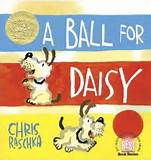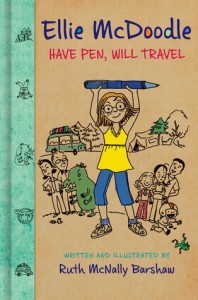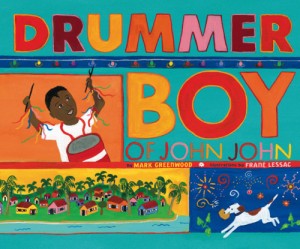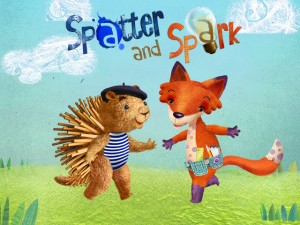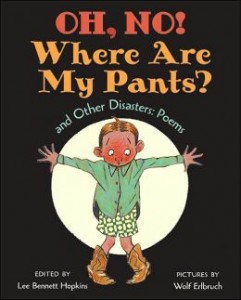 Poetry doesn’t have to be “roses are red, violets are blue…” As David Lubar wrote in his young adult novel, Sleeping Freshmen Never Lie, “There are as many types of poems as there are types of food. As many flavors, you might say. To claim you don’t like poetry because you hate ‘mushy stuff’ or things you don’t immediately understand is like saying you hate food because you don’t like asparagus.”
Poetry doesn’t have to be “roses are red, violets are blue…” As David Lubar wrote in his young adult novel, Sleeping Freshmen Never Lie, “There are as many types of poems as there are types of food. As many flavors, you might say. To claim you don’t like poetry because you hate ‘mushy stuff’ or things you don’t immediately understand is like saying you hate food because you don’t like asparagus.”
April is National Poetry Month, but don’t relegate poems to just one month – share all kinds of poetry all year long! (If you do, you can check Range of Reading off your Common Core Standards list!) One of my go-to poetry books is Oh, No! Where Are My Pants? and Other Disasters: Poems edited by Lee Bennett Hopkins with pictures by Wolf Erlbruch. These “disaster” poems range from funny to poignant, and your kids will find at least one to which they can totally relate.
For example, here’s one titled “Oh, No!” by Katie McAllaster Weaver:
“Hello apple!
Shiny red.
CHOMP. CHOMP.
Hello worm.
Where’s your head?”
and here’s part of one called “My Friend is Gone” by Lillian M. Fisher:
“A hug, a tear, and you are gone.
Your swing is missing from the lawn.
Your house is silent, dark and lone.
Your window says no one is home.”
Poetry is meant to be read aloud, so read Oh, No! Where Are My Pants? and Other Disasters: Poems to your class and then choose one or two of your favorite poems to read aloud again. Talk with your students about why you liked that particular poem. Encourage your students either to choose a poem to practice reading or to write a disaster poem of their own. Then, have a disaster poetry slam where you and each of your students read a poem aloud expressively to the class. You can bring a stool for kids to sit on, and a beret to wear, and students can snap for each other instead of clap (I like to teach them phrases like “cool cat” and groovy, man” because it makes me giggle.) Your students will build their reading fluency (another Common Core Standard checked off!) and find that poetry isn’t just mushy love stuff.
